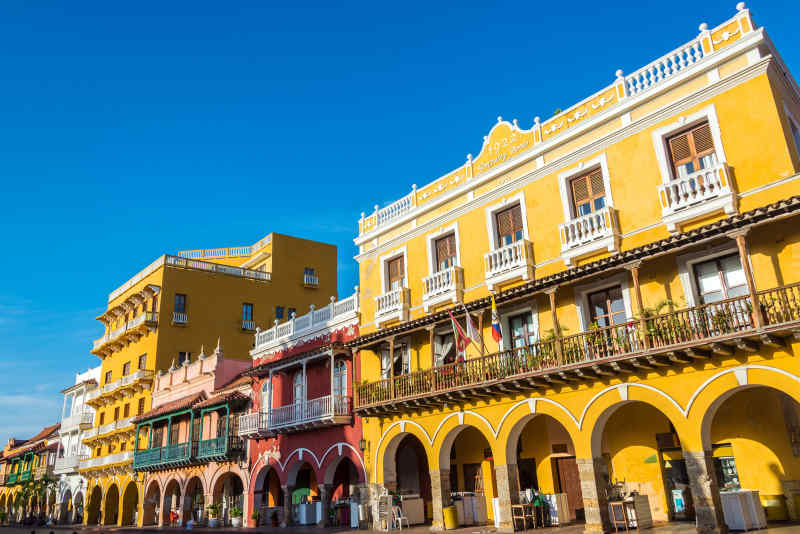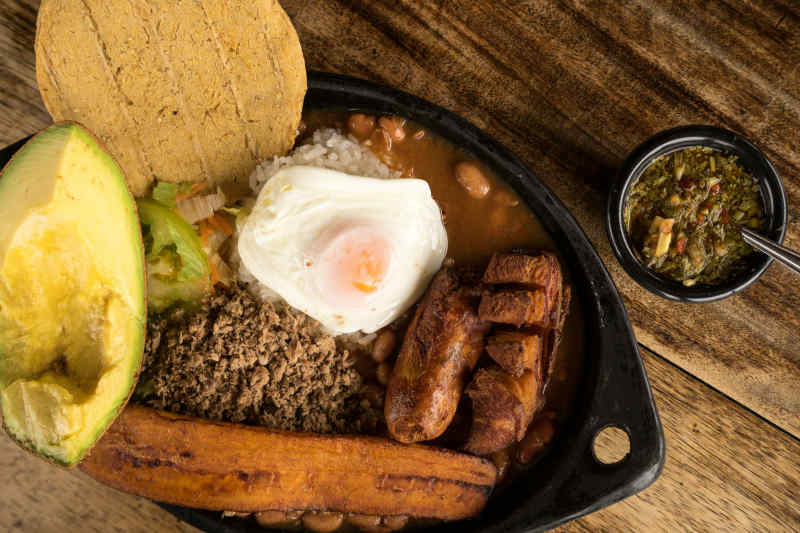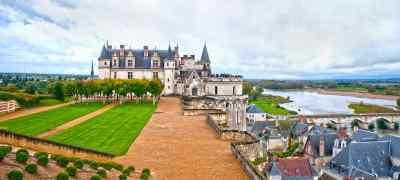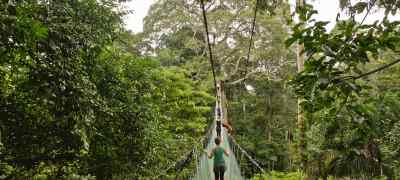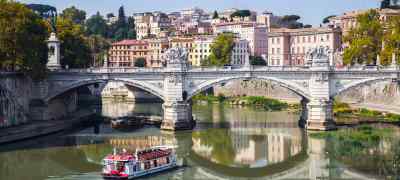By Briana Seftel
Nicknamed the "Gateway to South America" for its geographic location, Colombia is a country of incredible beauty and history. Declaring its independence in 1819, remnants of Spanish rule can still be seen in Colombia's language and architectural splendor. It's a land of extremes, with the Andes mountains, beaches on both coasts, desert, and swaths of untamed jungle.
Ready to put Colombia on your bucket list? Read on!
Top Destinations
Cartagena
Colombia’s most-visited city is an intoxicating mix of old world charm, white sand beaches, and sleek city sophistication. Most visitors to Cartagena descend upon the historic part of the city that's surrounded by fortified stone walls built in 1595. Home to the mighty Castillo San Felipe fortress, Cartagena was the place where the Spaniards hid all of their stolen jewels from the Americas. Still today, this jewel-like city is a must on any trip to Colombia. It’s best to leave your map behind and wander the alluring cobblestone streets until dark.
Medellin
The “City of Eternal Spring” may have been off limits for many years, but the capital of Antioquia has become one of Colombia’s top destinations. Art lovers will delight in the works at the Museum of Antioquia, which faces the Plaza Botero and is home to several bronze sculptures by the famed Colombian artist Fernando Botero. Foodies can satiate their appetite in El Poblado, while nature lovers will find refuge in the city’s main green spaces like Arvi Park and the Botanical Garden.
Bogota
Colombia’s capital is a pulsating metropolis that will surprise you in more ways than one. Yes, the traffic is horrendous, but go beyond its crowded highways and you will find historic plazas, world class museums, and delicious food. Begin your journey in Plaza de Bolivar, then explore the charming La Candelaria district filled with postcard-worthy views. Be amazed by all the gold and jewel-encrusted artifacts at the Gold Museum, then take the funicular to the top of Monserrate, Bogota’s mountain in the clouds.
Zona Cafetera
Everyone knows Colombia is famous for its coffee, so why not take a trip to its source? In the Zona Cafetera, also known as Eje Cafetero (Coffee Axis), visitors will find plantations brimming with the country’s prized export. The departments of Caldas, Risaralda, and Quindío make up the heart of the Zona Cafetera, giving an abundance of options when it comes to exploring the area. One of the best experiences is staying at a finca (coffee farm) where you can wake up to a freshly brewed cup every morning.
Villa de Leyva
Colombia is filled with beautiful colonial towns, perhaps none more charming than Villa de Leyva. Located approximately three hours north of Bogota, this town is famous for its stone-paved streets, white and blue colonial architecture, and the largest cobbled square in South America. It has a temperate mild climate year round, and is almost completely free of chain stores and cars.
Natural Wonders
Tayrona National Park
The most popular national park in Colombia, Tayrona lies on the Carribbean coast near the city of Santa Marta. Spending a day or two here is like entering a nature paradise - the park is completely unspoiled and has some of the most beautiful beaches in the country. Framed by coconut palms and thick rainforest, the park is home to a dizzing array of flora and fauna as well as an indigenous community. The park is busiest from December to January, but is worth exploring any time of the year.
Tip: Strong currents mean most of the beaches are not suitable for swimming. However, there are calm beaches like El Cabo that are safe for a dip and snorkeling.
Valle de Cocora
Home to 200-ft wax palms, Valle de Cocora is a lush green valley that is popular among hikers, campers, mountain bikers, and horseback riders. Located near the charming, colorful town of Salento, the valley is part of Los Nevados National Natural Park, one of Colombia’s biodiverse hotspots. The main draw to Cocora are the skinny wax palms, Colombia’s national tree and symbol of pride.
Caño Cristales
Known as "the river that ran away from paradise," Caño Cristales is a river stretching over 62 miles in Serranía de la Macarena National Park. For a brief time in between the wet and dry seasons, the river is transformed into a kaleidoscope of color due to Macarenia clavigera, a unique plant species that turns brilliant shades when it gets enough sunlight.
Tip: To see this incredible natural wonder, plan your trip from June through November.
La Guajira
Looking to really get off the beaten path in Colombia? Head to La Guajira! On the country’s Carribean coast lies this expansive desert, located on the northernmost tip of South America. In what seems to be a mirage-like landscape, swaths of golden desert meet the bright blue ocean. Tours of the desert can be arranged in Cabo de la Vela, a fishing village home to the indigenous Wayuu people. The sunsets here are legendary!
Unforgettable landmarks
Ciudad Perdida
Literally meaning “Lost City,” Ciudad Perdida is an ancient city deep in Colombia’s Sierra Nevada mountains. Surrounded by lush jungle, the city was rediscovered in the 1970s and is believed to predate Machu Picchu by 650 years. The only way to see this archaeological site is by a 4-5 day trek, but for many the journey is just as satisfying as the destination.
Salt Cathedral of Zipaquira
Make the day trip from Bogota to the Salt Cathedral of Zipaquir, located 30 miles from the capital’s city center. Carved into the salt mines that have existed here for thousands of years, the cathedral was built in 1932 and consists of 14 small chapels connected by tunnels. Each chapel represents the stations of the cross, but you don't have to be Catholic or even religious to enjoy the architectural wonder of this place.
San Agustin
If a multi-day trek to Cuidad Perdida isn’t your cup of tea, head for the San Agustin Archaelogical Park. Nestled in the Andes mountains in western Colombia, this UNESCO site is home to the largest group of religious monuments and megalithic sculptures in South America. Bringing to mind Chile’s Easter Island, the stone sculptures represent deities and mythical beasts.
Las Lajas Sanctuary
Located in southern Colombia near the border of Ecuador, this basilica is an astonishing sight to see - it is built inside the canyon of the Guáitara River. This sacred site originially housed a small chapel, but construction of the ornate basilica began in 1916 and took more than 30 years to complete. The neo-Gothic architecture combined with its jaw-dropping location over a gorge make this one of the most fascinating places in all of Colombia.
Must-try dishes
Arepas
The most essential part of any Colombian meal, arepas are soft corn cakes that are griddled and served with a pat of butter. In Cartagena, a popular street snack is arepa de huevo, an arepa stuffed with an egg and fried.
Bandeja paisa
This dish from the Antioquia region is a Colombian favorite and a gut buster, no less. Piled high with ground meat, beans, sweet plantains, chicharron (fried pork skin), egg, chorizo, morcilla (blood sausage), and rice, this dish can be your lunch and dinner.
Sancocho
Colombians love their soups, from hearty ajiaco in Bogota to cazuela de mariscos on the Caribbean coast. One soup you'll find all over the country, albeit in different variations, is sancocho. Think of it like Colombia's answer to chicken noodle soup.

